Which Statement About Cellular Aging Is True
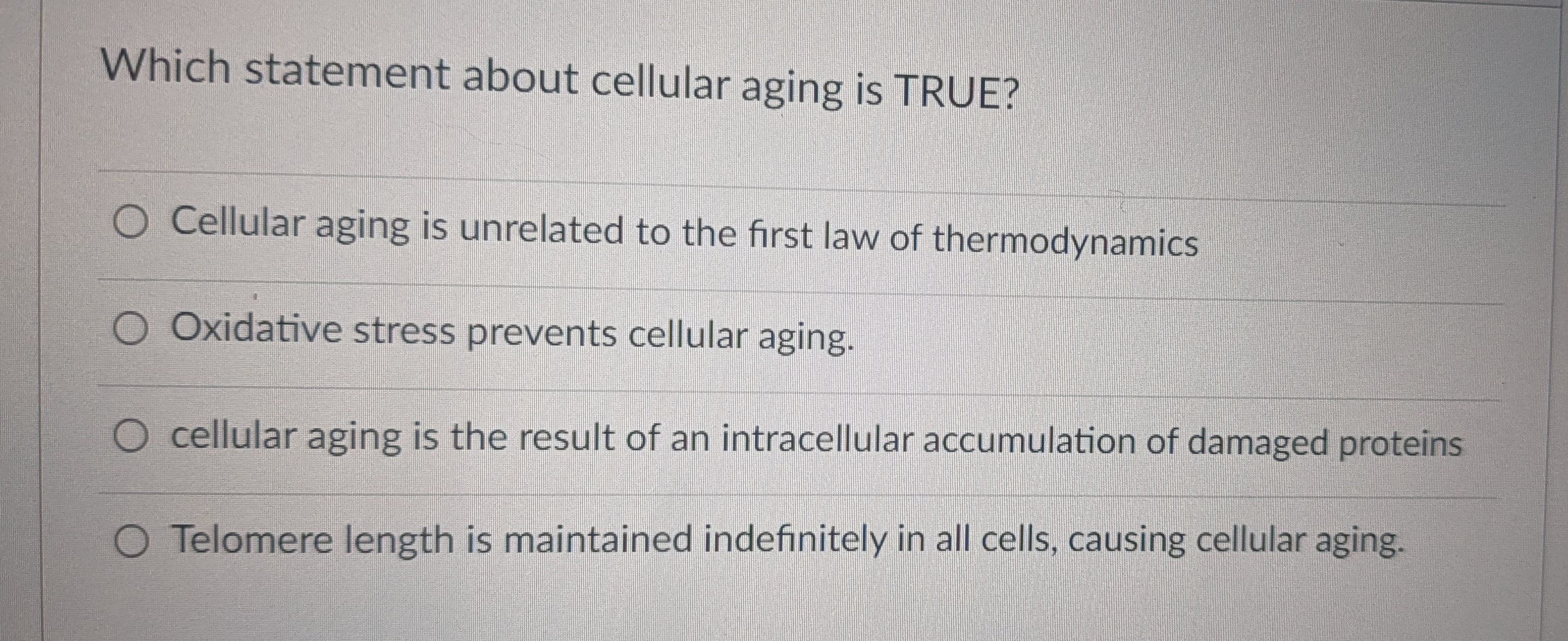
Imagine a bustling city, each building representing a cell in your body. Some buildings are newly constructed, gleaming with fresh paint, while others bear the marks of time – cracked facades, faded signs, and perhaps a little wear and tear. This cityscape, vibrant and complex, reflects the intricate process of cellular aging, a phenomenon that scientists are continuously striving to understand.
The true statement about cellular aging isn't a simple soundbite, but rather a multifaceted understanding that involves acknowledging the interplay of various mechanisms, from telomere shortening to oxidative stress and the accumulation of senescent cells. These processes, working together, contribute to the gradual decline in cellular function that characterizes aging.
Unraveling the Mysteries of Cellular Aging
Cellular aging, at its core, is the progressive loss of cellular function over time. It's a complex and inevitable process that affects every living organism, contributing to age-related diseases and the overall decline in health. Understanding the mechanisms behind cellular aging is crucial for developing interventions to promote healthy aging and extend lifespan.
The Hallmarks of Aging
Scientists have identified several key hallmarks of aging at the cellular level. These include genomic instability, telomere attrition, epigenetic alterations, loss of proteostasis, mitochondrial dysfunction, cellular senescence, stem cell exhaustion, and altered intercellular communication. Each of these hallmarks plays a role in the aging process, and they often influence one another in a complex web of interactions.
Telomere Attrition: The Ticking Clock
Telomeres are protective caps on the ends of our chromosomes, like the plastic tips on shoelaces. With each cell division, telomeres shorten, eventually triggering cellular senescence or apoptosis (programmed cell death). This shortening acts like a biological clock, limiting the number of times a cell can divide.
Research has shown that interventions that maintain or lengthen telomeres, such as activating the enzyme telomerase, can extend lifespan in some organisms. However, the relationship between telomere length and overall health is complex, and further research is needed to fully understand its implications.
Cellular Senescence: When Cells Stop Dividing
Cellular senescence is a state where cells stop dividing but don't die. These senescent cells can accumulate in tissues, releasing inflammatory molecules that contribute to age-related diseases. They're like stubborn weeds in a garden, taking up space and hindering the growth of healthy plants.
The accumulation of senescent cells has been implicated in a variety of age-related conditions, including arthritis, cardiovascular disease, and Alzheimer's disease. Scientists are actively researching ways to selectively eliminate senescent cells, a process known as senolysis, to improve healthspan.
Oxidative Stress: The Rusting of Cells
Oxidative stress occurs when there's an imbalance between the production of reactive oxygen species (free radicals) and the body's ability to neutralize them. These free radicals can damage DNA, proteins, and lipids, contributing to cellular aging.
Antioxidants, found in fruits and vegetables, can help neutralize free radicals and protect cells from oxidative damage. While antioxidant supplements have been touted as anti-aging remedies, research on their effectiveness has been mixed, highlighting the complexity of oxidative stress in the aging process.
Mitochondrial Dysfunction: The Powerhouse Fades
Mitochondria are the powerhouses of the cell, responsible for producing energy. With age, mitochondrial function declines, leading to reduced energy production and increased production of free radicals. This decline contributes to a variety of age-related diseases.
Strategies to improve mitochondrial function, such as exercise and caloric restriction, have shown promise in promoting healthy aging. Research is also exploring the potential of mitochondrial-targeted antioxidants and other therapies to protect mitochondria from damage.
The Significance of Understanding Cellular Aging
Understanding the mechanisms of cellular aging is not just an academic pursuit; it has profound implications for human health. By identifying the key drivers of aging at the cellular level, scientists can develop interventions to slow down the aging process and prevent or delay the onset of age-related diseases.
This knowledge could lead to new therapies for conditions like Alzheimer's disease, Parkinson's disease, heart disease, and cancer. It could also help us extend our healthspan, the period of life spent in good health and functional independence.
"Aging is not just about adding years to life, but about adding life to years." - Dr. Leonard Hayflick, known for his Hayflick Limit theory on cellular senescence.
Current Research and Future Directions
Research on cellular aging is a rapidly evolving field. Scientists are using a variety of approaches, including genetic studies, cell culture experiments, and animal models, to unravel the complexities of the aging process.
One promising area of research is the development of senolytic drugs, which selectively eliminate senescent cells. Clinical trials of senolytic drugs are underway to evaluate their safety and efficacy in treating age-related diseases.
Another area of focus is the development of interventions that target multiple hallmarks of aging simultaneously. These interventions, often referred to as geroprotectors, aim to slow down the overall rate of aging and improve healthspan.
Caloric restriction, a dietary regimen that involves reducing calorie intake without malnutrition, has been shown to extend lifespan and improve healthspan in a variety of organisms. While the mechanisms underlying the benefits of caloric restriction are not fully understood, it is believed to involve multiple pathways, including reduced oxidative stress and improved insulin sensitivity.
The Path Forward
While we've made significant strides in understanding cellular aging, much remains to be discovered. The aging process is incredibly complex, influenced by genetics, lifestyle, and environmental factors.
Continued research is essential to identify new targets for intervention and to develop safe and effective strategies to promote healthy aging. This research will require a multidisciplinary approach, involving scientists from various fields, including biology, medicine, and engineering.
Ultimately, the goal is to translate our understanding of cellular aging into practical interventions that can help people live longer, healthier, and more fulfilling lives. It's about empowering individuals to take control of their health and well-being as they age.
The pursuit of understanding cellular aging is a journey filled with challenges and opportunities. As we continue to explore the intricacies of this fundamental process, we move closer to a future where aging is no longer viewed as an inevitable decline, but rather as a malleable process that can be influenced to promote health and longevity.




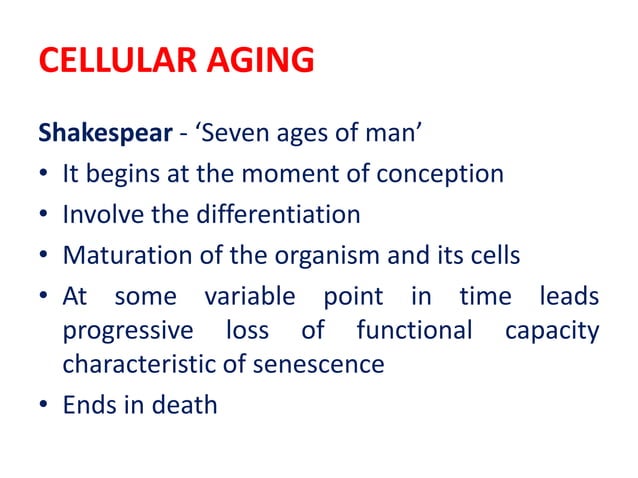
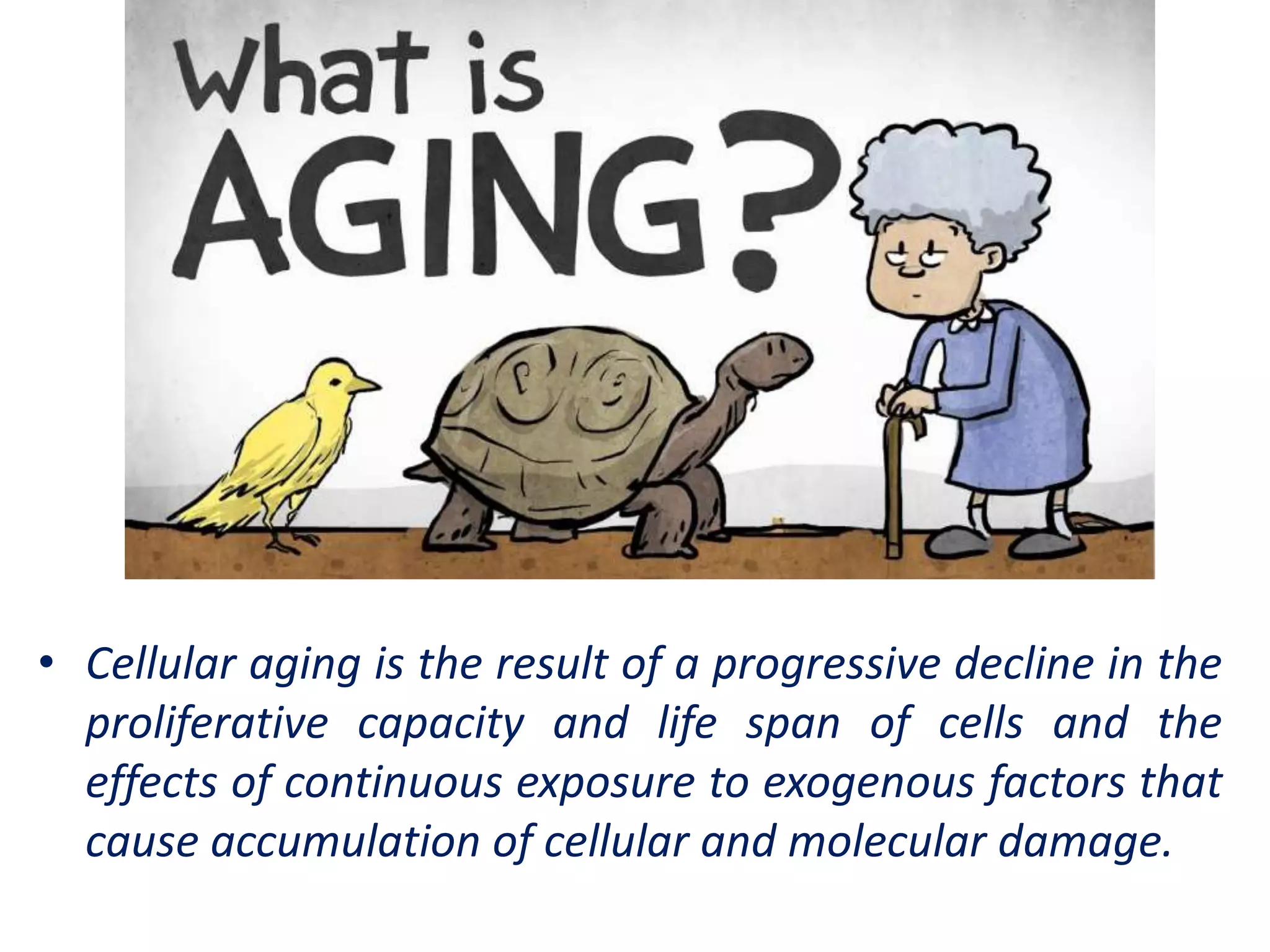
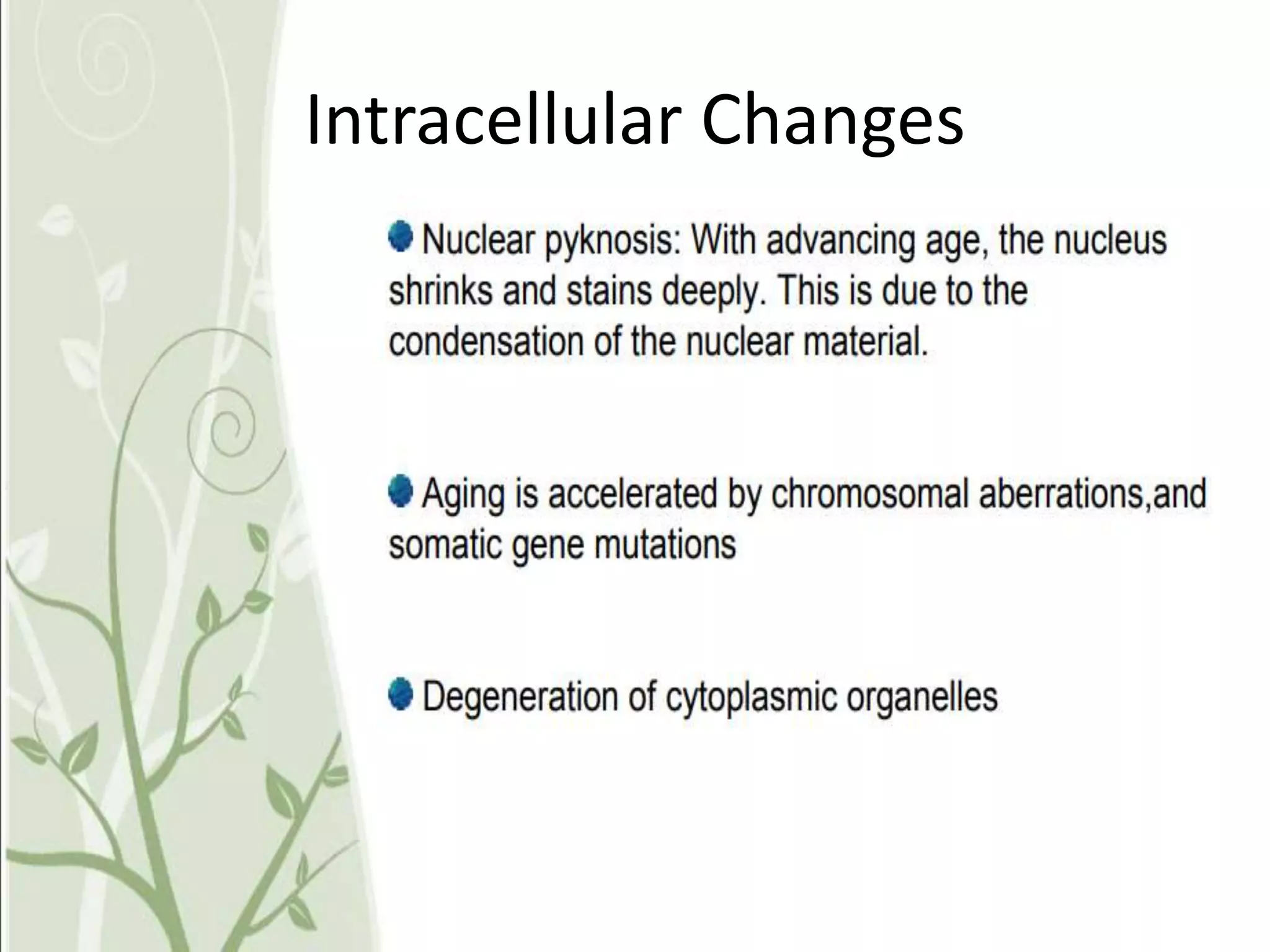

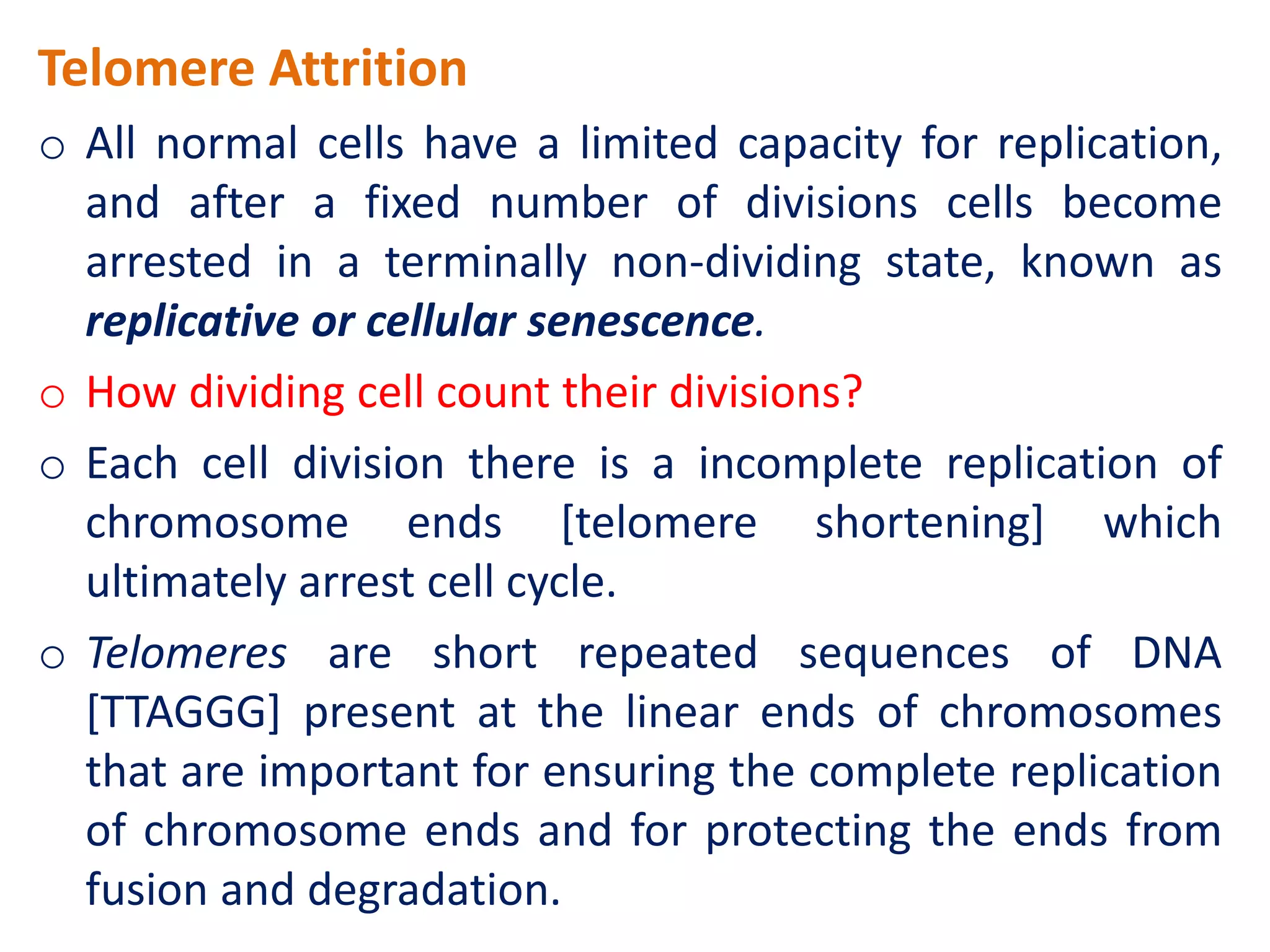
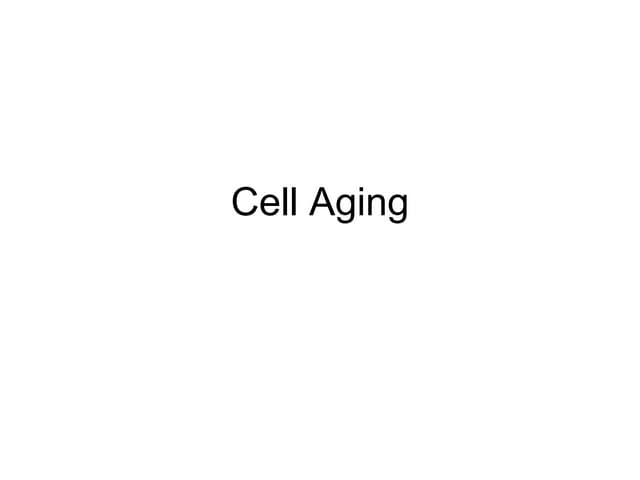

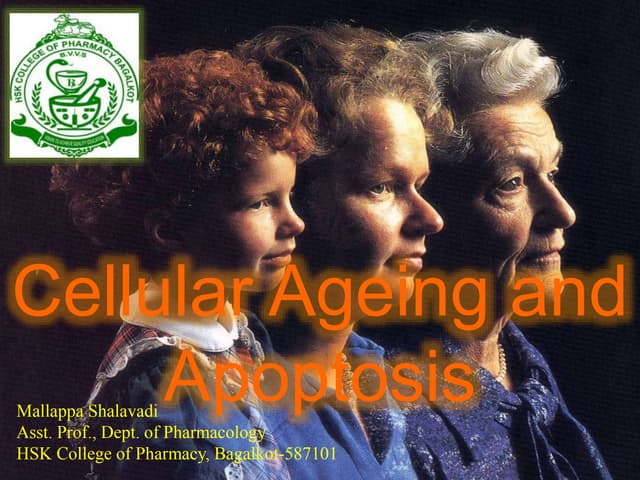

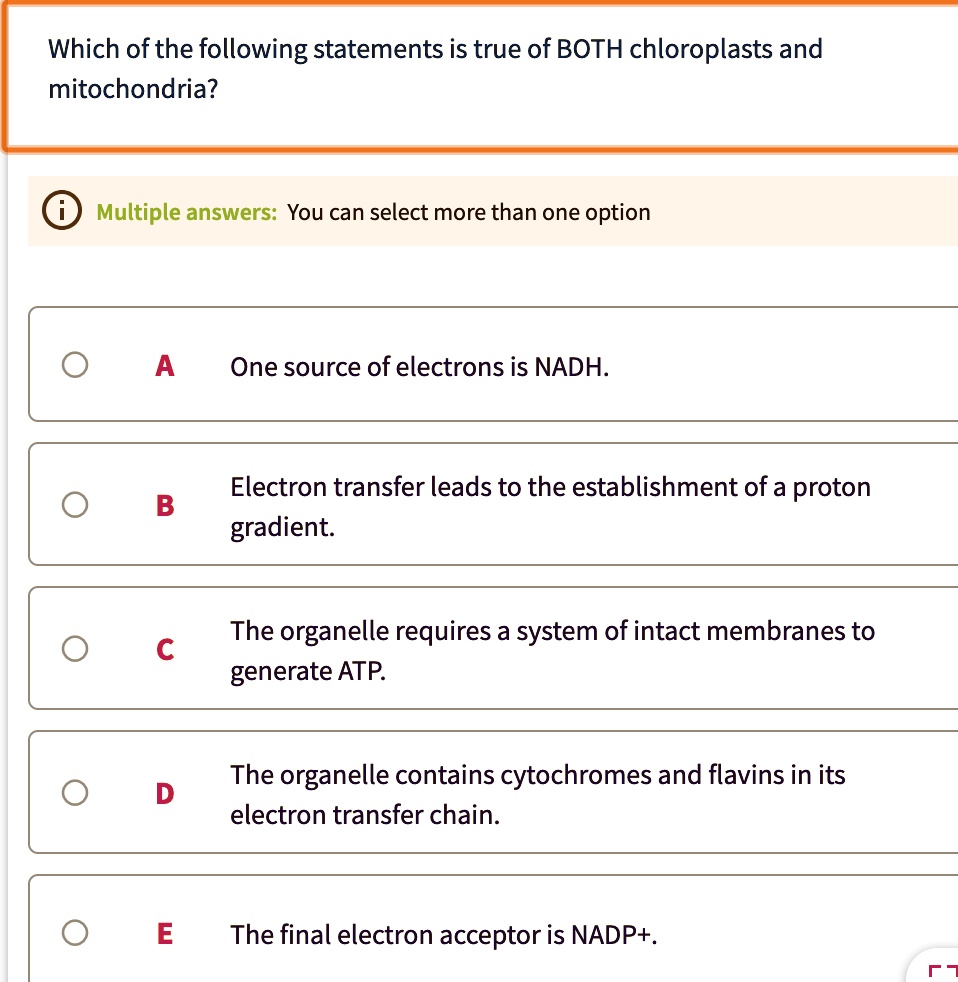
![Which Statement About Cellular Aging Is True [FREE] Which statement about cellular respiration is true? - brainly.com](https://media.brainly.com/image/rs:fill/w:750/q:75/plain/https://us-static.z-dn.net/files/d44/29043a20c9e3b41401231e06b3cd1a60.png)

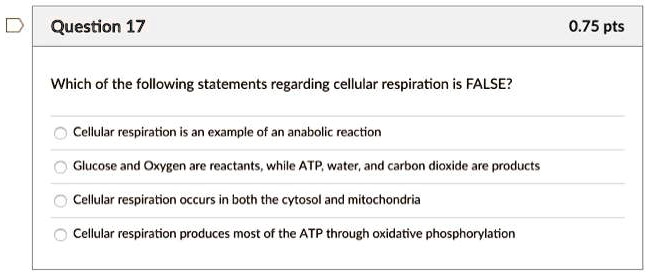
![Which Statement About Cellular Aging Is True [ANSWERED] Which statement is true of aerobic and anaerobic cellular](https://media.kunduz.com/media/sug-question-candidate/20211217133221184826-3893300.jpg?h=512)
